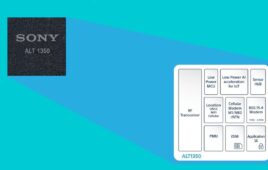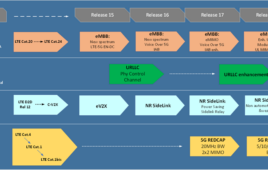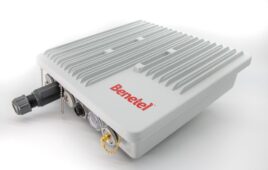Barnes & Noble’s Wi-Fi only Nook Tablet adds one more media slate to the mix that doesn’t have a 3G or 4G modem at launch. The Kindle Fire doesn’t have one, either. And consider this: In July, ABI Research published numbers that showed only 25 percent of iPads shipped were 3G-enabled.
The Kindle Fire and Nook Tablet are shaping up to be potential big sellers over the holidays, but their lack of a cellular connection points to an interesting contradiction between how consumers are actually using tablets and how operators have been casting them as the major data hogs of the future.
Ross Rubin, executive director of industry analysis for NPD Group, says the reality is that a lot of tablet usage seems to be at home or in Wi-Fi hotspot areas. “Consumers are maybe reluctant to pay $15 or $20 a month when they may just need cellular access for a few hours,” Rubin says. “Obviously, for some time there’s been a lot of discussion about per-person billing versus device-based billing and the tablet situation has really made that more of a real issue versus a theoretical issue.”
 While Rubin says that slow innovation in the billing department is part of what’s hindering consumers from using cellular data on tablets, it’s also a matter of what kinds of content are being consumed and the kinds of networks over which that content is being consumed.
While Rubin says that slow innovation in the billing department is part of what’s hindering consumers from using cellular data on tablets, it’s also a matter of what kinds of content are being consumed and the kinds of networks over which that content is being consumed.
The current model around tablet usage is a “download-and-go” use case, where users will download a lot of content, including video, books and TV shows, when they’re connected to a strong connection, in most cases Wi-Fi. Rubin says that could change as next-generation networks offer more bandwidth and speed for streaming and downloading.
“As we start to see 4G coverage rolled out, then there’s a stronger case for using these products more on the go,” he says.
Even as carriers look to offload data to Wi-Fi, they also want to get more devices like tablets onto their networks. What appears to be emerging is a kind of conflict of interests. In short, they’re not going to sell more cellular-enabled data-hungry tablets and the pricey plans that go along with them if they keep wiring major metropolitan areas, as well as university campuses and airports, with Wi-Fi.
So are operators missing out on an opportunity with tablets? Kevin Burden, vice president and practice director of mobile devices at ABI Research, says there are definitely some curious aspects to tablets that have been overlooked by the operators.
ABI Research reports that less than half of tablets actually ship with a cellular modem, and less than half of those are ever actually activated after shipment.
Burden says carriers might not have made the most of the potential activations, noting that Verizon Wireless and AT&T initially played the iPad very differently.
“Verizon Wireless allowed people to come in and buy the iPad and not activate it. What they found was that very few people actually activated the cellular modem,” he says. “AT&T, on the other hand, said if you wanted to turn the device on, you first had to activate the modem. You don’t have to buy the subscription to the service, but you at least had to activate it.”
 In that equation, AT&T comes out ahead. “What ends up happening is that at least AT&T gets the user’s name and PIN number off the device, which is really important so they can continue to market to those people. Verizon lost that opportunity, because they just figured everyone was going to go home and activate those modems, and in reality, they didn’t.”
In that equation, AT&T comes out ahead. “What ends up happening is that at least AT&T gets the user’s name and PIN number off the device, which is really important so they can continue to market to those people. Verizon lost that opportunity, because they just figured everyone was going to go home and activate those modems, and in reality, they didn’t.”
Regardless of the current state of things, Burden suggests that selling more cellular data to tablet owners is most definitely doable. By implementing more personalized billing options, he says, consumers will get on board with the idea of using their tablet as a true mobile device, not just when they’re connected to Wi-Fi.
Burden references the way carriers are approaching the M2M segment as proof that they’re softening to more flexible types of billing structures in order to suit different types of devices running on their networks. “They’re taking baby step towards this… They’re loosening up their business model just a little bit to allow these different types of devices to work on networks with different types of contracts,” Burden says, but with a caveat: A wireless pill bottle is not an iPad.
“Consumer devices are a different deal altogether. There’s a lot of money to be made on multiple subscriptions and [operators] don’t want to give that up yet,” he says.
Still, Burden is hopeful that there’s a solution on the way. “There’s nothing technical holding this back. If it was a technical problem, it would have been solved years ago, but it’s a business issue,” he says.
While current projections put fourth-quarter Kindle Fire sales in the 2 million to 5 million range, and fourth-quarter iPad 2 forecasts range from 10 million to 12 million (again, depending on which analyst you talk to), there’s no doubt a lot of slates will be sold. The question for operators is how many of those devices will use their networks?




